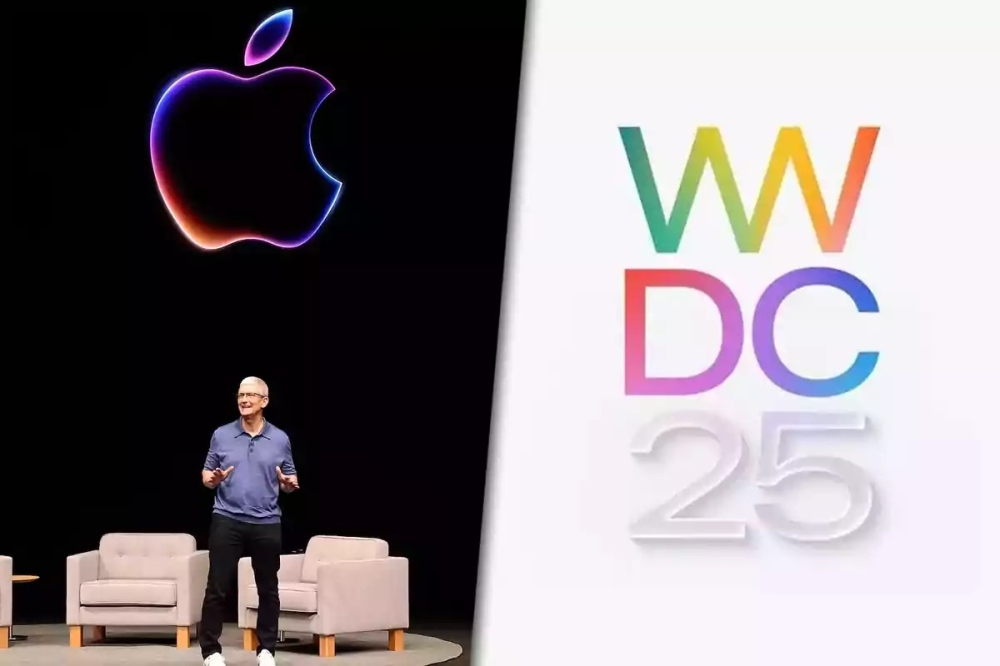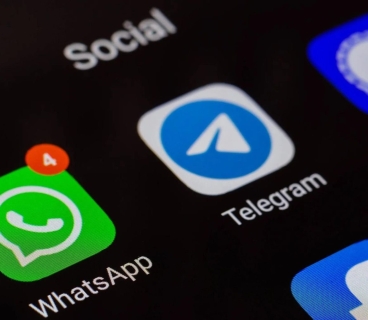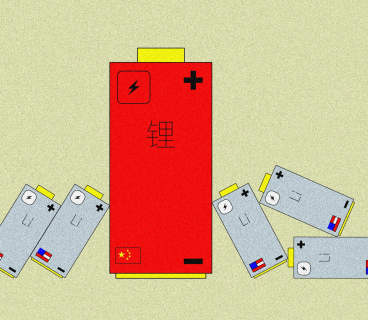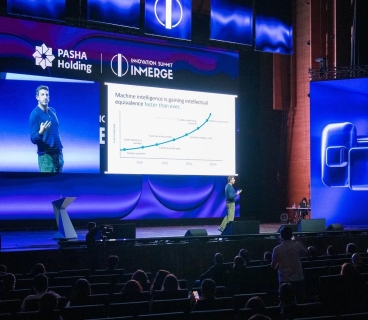Apple’s annual Worldwide Developers Conference (WWDC) 2025 is being held from June 9 to 13, 2025. Although the event’s main content is streamed online, over 1,000 developers attended the opening ceremony live at Apple Park on June 9. During the conference, Apple CEO Tim Cook and other executives presented new software updates scheduled for release this fall.
Major Software Updates
iOS 26 (previously iOS 19): Apple has introduced a new numbering scheme for its operating systems, naming the latest version iOS 26. This update features a fresh design language called “Liquid Glass,” characterized by transparent, fluid, and glass-like interface elements such as buttons, sliders, and tab bars. The Camera app interface has been simplified, with main modes immediately accessible and others revealed via swipe. Safari now offers a full-screen browsing experience. The Phone app consolidates previously separate “Favorites,” “Recents,” and “Voicemail” tabs into a single unified panel, while other functions have been moved to a menu bar at the bottom of the screen. (The Liquid Glass design and improved core apps are among the key highlights.)
iPadOS 26: The main enhancement to iPadOS is strengthened window management. Users can open and resize any app window anywhere on the screen, allowing for more apps to run simultaneously. A more precise mouse pointer and a new menu bar for apps have been added. iPadOS 26 also introduces a Preview app similar to macOS, as well as an updated version of the Files app. Apple calls this the “biggest iPad update ever.”
macOS Tahoe 26: The Mac operating system update, named Tahoe 26, improves Spotlight search by prioritizing results based on user preferences and filters. Users can now perform actions like sending emails or creating notes directly from Spotlight. The Mac version of the Phone app is integrated, and a new “Games” app has been introduced, indicating Apple’s growing interest in gaming on Mac.
watchOS 26: The Apple Watch update introduces a “wrist shake” gesture to quickly dismiss notifications. Additionally, a new smart workout coach, called “Workout Buddy,” provides AI-driven tips and motivation during exercise.
tvOS 26: The Apple TV update includes interface and app improvements focusing on streaming and media apps. While no major new features were announced, design tweaks and performance optimizations have been made.
visionOS 26 (Apple Vision Pro): The update for Apple Vision Pro enhances virtual avatars (“Persona” feature) with more realistic details such as hair, eyebrows, and skin tone. The headset will now support Sony PlayStation VR2 controllers, expanding VR gaming possibilities. “Spatial Widgets” have been improved, allowing virtual widgets (like a wall clock) to remain in place even after the device is powered off.
Apple AI Tools and Features
Apple has significantly expanded AI integration across its platforms, introducing new Apple Intelligence features for iPhone, iPad, Mac, Apple Watch, and Vision Pro:
Real-time Translation: Messages, FaceTime, and Phone calls can now automatically translate text and speech between languages. For example, iMessage chats are translated into the recipient’s chosen language, and during calls, translated text and voice appear simultaneously on the screen.
Genmoji and Image Playground: AI-powered emoji and image creation tools have been enhanced. Genmoji now allows mixing emoji with text descriptions for more varied results. Image Playground offers new “ChatGPT style” image generation and the ability to select any artistic style for custom image creation.
Visual Search and Interaction:With the new visual intelligence capabilities, users can search for any object or text seen on their iPhone screen and perform related actions. For example, you can search the internet (Google, Etsy, etc.) for similar products or images displayed on your screen. Siri and Shortcuts now include a small screenshot button that lets you ask Apple Intelligence questions about the screen content.
X-Developer Tools: The new Foundation Models framework allows developers to connect directly to Apple’s on-device language models. This enables powerful AI features without needing external servers. For example, apps can analyze class notes automatically to create quizzes or conduct offline nature searches using natural language queries.
Enhanced Shortcuts:The Shortcuts app now integrates Apple Intelligence models directly, allowing users to summarize text, generate images, or get complex answers via ChatGPT-style interactions, all within the Shortcuts workflow.
Developer Tools and SDK Improvements
Xcode 26: The latest Xcode version includes extensive AI functionalities. It integrates ChatGPT for code generation, testing scripts, and documentation. Developers can link their own ChatGPT API keys or run local AI models on Mac. Coding Tools offer inline suggestions such as previews and error fixes.
Liquid Glass Design in SwiftUI: Apple introduced the “Liquid Glass” design element for SwiftUI, allowing developers to add transparent and fluid effects across platforms.
Icon Composer: A new tool for designing app icons with layered visuals, blur, transparency, and lighting effects preview.
Hardware Updates
No new hardware models were announced, but existing devices received notable feature upgrades:
AirPods: New models (AirPods 4, AirPods Pro 2) have enhanced studio-quality voice recording and improved noise isolation for calls. You can also remotely trigger photo or video capture on iPhone/iPad by pressing the AirPods stem.
Vision Pro: visionOS 26 adds compatibility with Sony PlayStation VR2 controllers, expanding gaming support on Apple’s AR/VR headset.
macOS, iPadOS, and iOS Updates
macOS Tahoe 26 was introduced with major improvements (detailed earlier).
No new Mac or iPad models were announced, but older devices will receive iOS 26 and iPadOS 26 updates to enhance usability.
Conference Format
WWDC 2025 featured over 100 technical sessions, group and individual labs, and the Swift Student Challenge for aspiring developers. The keynote was streamed globally and followed by the “Platforms State of the Union” session. Senior Apple executives including CEO Tim Cook and Craig Federighi presented.
Media and Public Reception
Media praised the comprehensive updates and design innovations like Liquid Glass and multitasking improvements on iPad.
Some outlets noted Apple’s AI progress is still behind competitors, emphasizing Apple’s cautious, privacy-focused approach.
The absence of a major Siri update disappointed some commentators.
Apple’s stock dropped slightly (~1-1.5%) after WWDC, reflecting investor caution about AI competition and global trade uncertainties.
Apple’s AI and Platform Strategy
Apple continues to unify its ecosystem with consistent design and on-device AI capabilities. Its Foundation Models framework lets developers build fast, offline AI features prioritizing privacy. Xcode’s integration with ChatGPT boosts developer productivity. While Apple is expanding AI features, it maintains a conservative and privacy-first stance, contrasting with more aggressive AI rollouts from competitors. The company leverages its strong user and developer community to keep its platforms stable, secure, and consistent.












